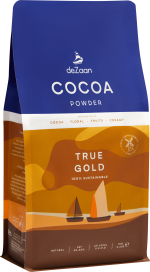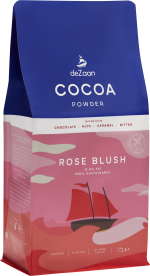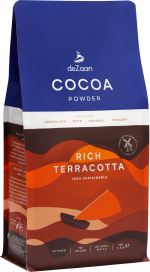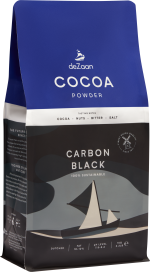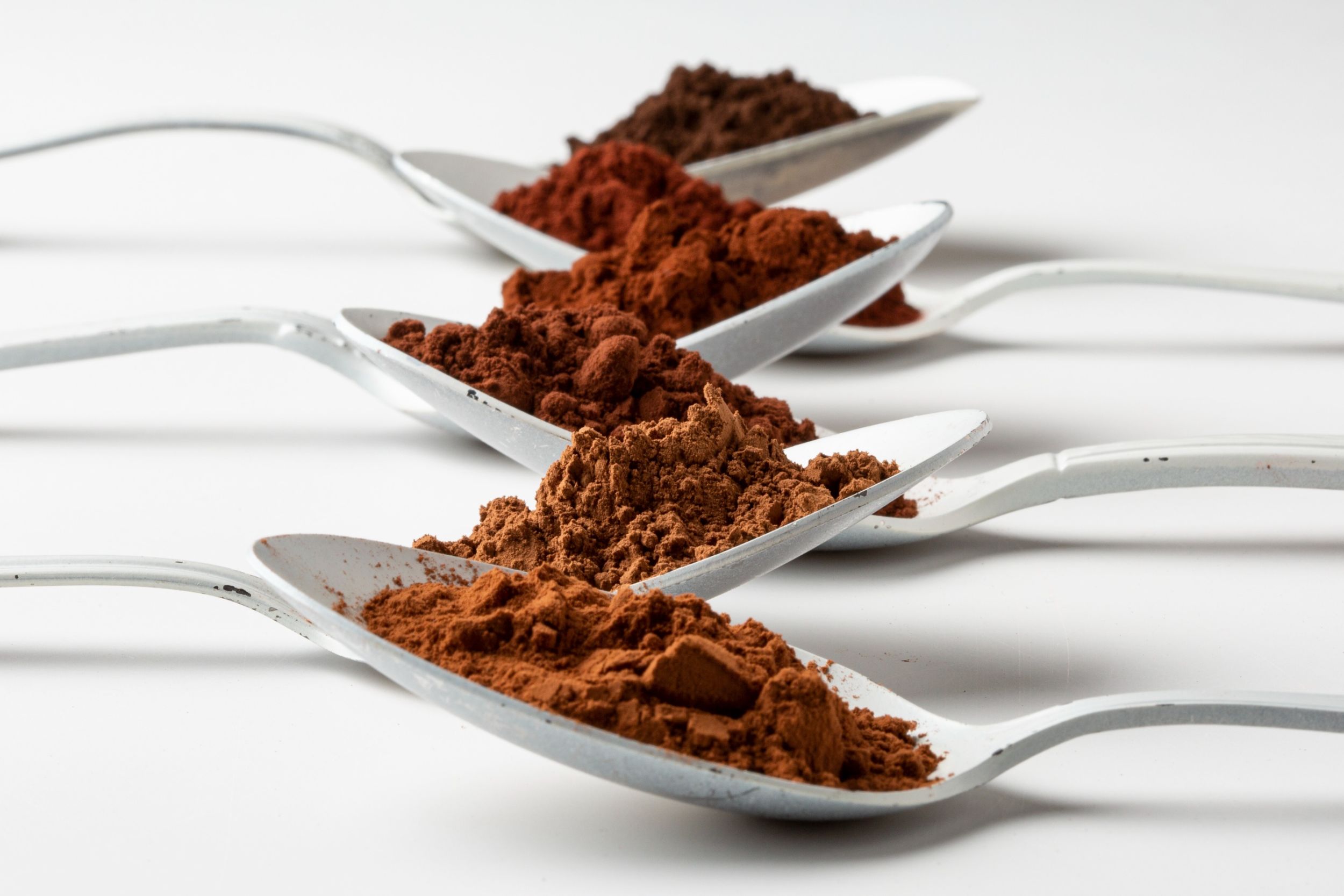
Making Chocolate With Cocoa Powder
It is easy to make cocoa powder into chocolate by adding fat and sweetener with gentle heat. With chocolate, you will experiment. There is no set recipe or ratio of ingredients for chocolate. Rather, you start with a known recipe and experiment, tasting often, and adding ingredients as needed.
How the Ingredients Work Together
Chocolate contains three major ingredients: cocoa solids, fat, and sweetener. With these three ingredients, varying the proportions changes the character of the chocolate you are making. Here are four good recipes for chocolate. Note, they do not make the same amount of chocolate.
This makes a strong, mid-sweet chocolate:
110 g cocoa powder
85 g fat
50 g sugar
A much sweeter chocolate has this mix:
90 g cocoa powder
60 g fat
150 g sugar
Here is a bittersweet dark chocolate:
50 g cocoa powder
100 g fat
30 g sugar
And here is a milk chocolate:
30 g cocoa powder
75 g fat
75 g sugar
25 g milk powder
As dark as some people like their chocolates, few people can stomach this bitter confectionary straight. You add sweetener to make the chocolate more palatable, counterbalancing the bitterness. Another common way to lessen the bite of chocolate is to add powdered milk or other dairy. The more fat you add, the less sugar you need to make the bar edible. If you add milk powder, it adds both sugar and fat, so be aware it will change your sliding scales if added in large quantities.
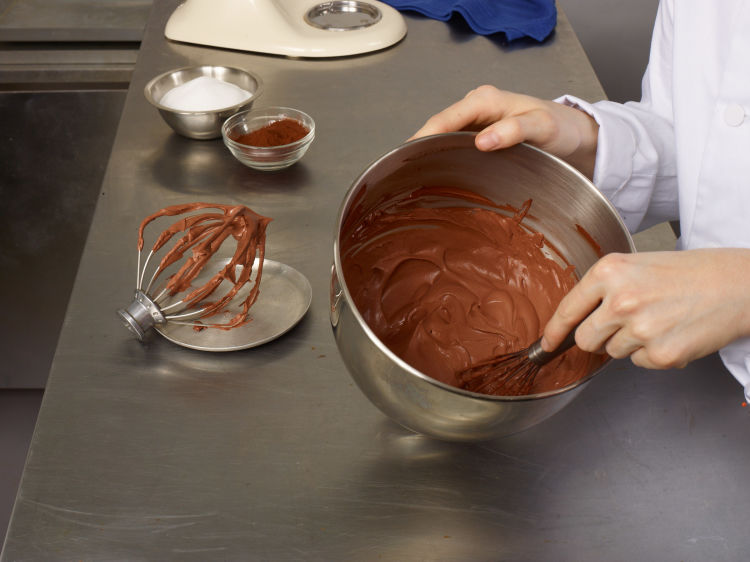
Cocoa Powder
The best way to create a great-tasting chocolate is to start with a high-quality cocoa powder. Its flavor carries the essence of the chocolate you will make from it. deZaan’s collection of cocoa powders provide a broad range of the tastes that roasting and refining can bring out of the cocoa bean.
Refining removes most of the problems that interfere with the taste of the chocolate. Refining breaks the chocolate particles into smaller sizes. The cocoa can be dutched or alkalized to lower acid-levels and create a smoother taste.
Fat
Most chocolates fall between the 12% to 24% fat range in the 35% to 55% fat range, a flexible set of numbers. Cocoa powder starts with 10-25% cocoa butter, so you add that to the fat numbers. Dark chocolate often goes much lower (but includes more sugar).
For hard chocolate candy, choose fat that is solid at room temperature. Cocoa butter is a frequent choice, reconstituting the whole nib and then some. Coconut oil is another vegan choice. Its melting point is 78° F. If exposed to much heat, oil becomes runny, a problem for chocolate candy but not really baked goods. Cow’s butter (or butter substitutes) can boost the dairy taste in milk chocolate.
Sweetener
Sweeten to taste. Some people add only enough sweetener to make the bitter chocolate edible. Others want a sweeter chocolate. The most common sweetener is finely ground sugar. Be aware that most ultra-fine sugar is mixed with cornstarch to keep the grains separate. Adding cornstarch makes the chocolate clumpy. Instead, start with sugar that is as fine as you can get, and then blitz it in a blender or grinder.
Dairy
Adding milk powder is the best way to put dairy in your chocolate. Do not use actual milk, because your chocolate will seize because of the water. For milk chocolate, try to stay in the 12-25% milk range. Most chocolate makers prefer whole milk powder, which is 30% fat (by weight), 38% lactose/sugar, and 26% protein. Adding dairy means reducing the fat and sugar in your mix.
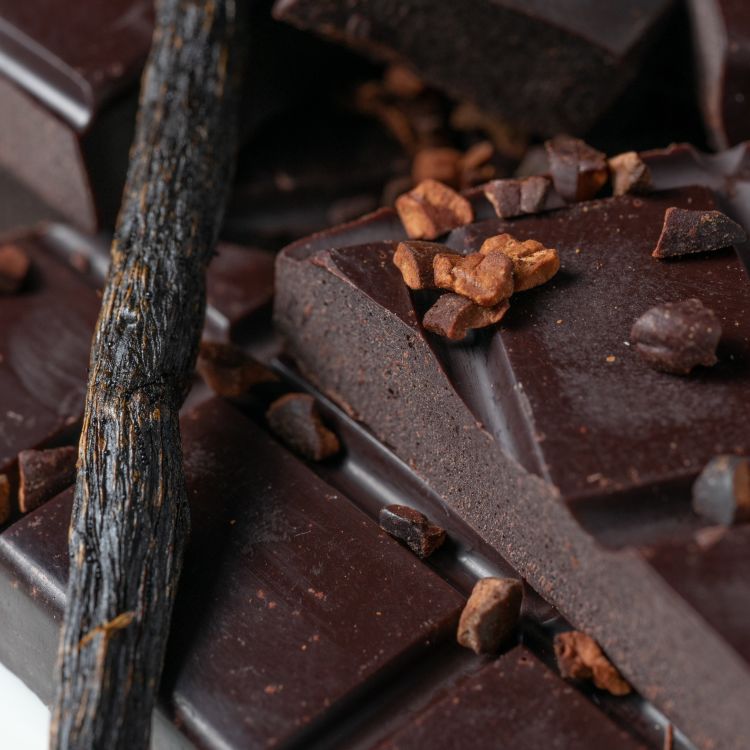
Turning Ingredients Into Chocolate
Once you have your ingredients together, it is time to make the chocolate. Have a thermometer at hand when you start. If you are going to conch the chocolate (perhaps adding flavor like vanilla beans or cinnamon), start it in a conching machine and then move it to a burner.
Heating
Starting with the cocoa powder and fat, heat the ingredients in a double boiler or another indirect heat. Otherwise, keep it in the pot. Add in the sweetener and test the taste. Only you can decide if it is sweet or bitter enough. Keep stirring until the mix is melted.
Stir regularly with a metal spoon if you are making candy. Many cooks making pastry with chocolate swear by using a wooden spoon. A wooden spoon does not shock the chocolate with a temperature change. If you want candy chocolate that you can temper stiff and shiny, the water stored in the wood can cause clumps.
Tempering
Tempering is an optional step. It makes chocolate shiny by lining up the crystals inside the chocolate. It also makes chocolate candy snap, cool quickly, keep longer, and avoid fat blooms (white on the surface). It shrinks chocolate, which is handy when taking it out of the mold. Untempered chocolate can feel rough, tacky, and cakey. You do not need to temper if these things do not matter.
To temper chocolate, first you heat it, bring it down below tempering temperature, and raise its heat again to 88° and 91° F (31°-32° C) without going over. You can temper chocolate in a double boiler, the microwave, on a marble table, in a tempering machine, or in other ways.
Cooling
Finally, pour the chocolate into molds or put the chocolate to whatever use you have dreamed up. Add nuts or larger ingredients to be spaced throughout the chocolate. Let it cool to room temperature. Good chocolate should not be refrigerated. However, it stores there longer.
Bringing it Together
Making chocolate from cocoa powder is easy. Avoid water and high heat. Tempering is specific, but straightforward with a good thermometer.
One trick to making chocolate is being ready to play. Even if it seizes and becomes clumpy, add more oil. If it gets too sweet, add more cocoa powder. Taste it and add salt or other ingredients that you believe it needs.
The other trick is to start with a great cocoa powder. deZaan’s cocoa powder, from Terra Rossa to Carbon Black, is selected and roasted to bring out the range of the best chocolate flavors.
